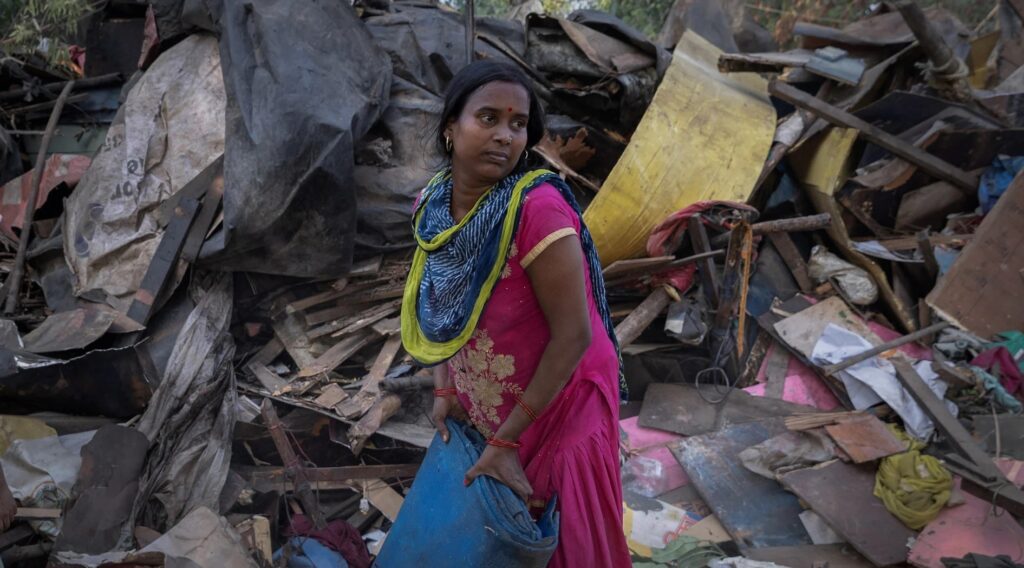
Power holders in the country have long felt that what cannot be removed must be hidden like poverty. Whether it’s for the G20 summit this year or the Commonwealth Games in 2010, the pattern is identical.
The situation was the same 13 years ago. As Delhi prepared to show the world its beautifully painted face during the Commonwealth Games in 2010, the city’s harsh reality was hidden behind the fragile facades of bamboo screens.
The games’ organizers were well aware that the clamor and dirt in some parts of India’s capital would astound visitors.
As a result, in addition to the construction of new sporting facilities, roads, flyovers, metro lines, and an airport, dozens of long-standing slum communities built on public land, vacant lots, by railways, or along rubbish-strewn stream beds were demolished; remaining slum areas were hidden behind hoardings, out of sight from onlookers.
Governments, regardless of political party, have always believed that uprooting all slums and less visually appealing sights is not a realistic solution, and instead of finding long-term solutions, it has been a practice to screen all such areas with sheds, boards, or curtains.
From 2010 to 2023, the depressing reality has remained the same: homeless people who slept on footpaths just yards away from wealthy south Delhi homes near the Games venues were somehow made to vanish.
In 2010, the Delhi government launched a contentious campaign with the avowed goal of removing beggars from the city. They even used the force of the anti-begging statute to accomplish this purpose.
As Delhi prepared for the grandeur of the G20 summit in 2023, it appeared that the city’s answer remained consistent – disguising its slums and disadvantaged behind the façade of green curtains.
This recurring pattern raises concerns about the city’s continuing inequities and the efficiency of such cover-ups.
Behind all of the gloss and splendor of these worldwide events, a striking contrast emerged—a purposeful attempt to disguise poverty while hosting the world.
The lingering puzzle is why the term “beautification” has continually been associated with efforts to conceal poverty. While there is an apparent need to improve the city’s infrastructure, it appears that the government’s approach frequently favors aesthetics above addressing the core causes of poverty.
Whether it was at the Commonwealth Games in 2010, Donald Trump’s visit to India, or the forthcoming 2023 G20 Summit in Delhi, these events invariably brought to light the complex interplay between highlighting a country’s development and addressing underlying issues.
While these events may have been overly successful in displaying India’s potential as a host, they have repeatedly highlighted the critical need for a more balanced and inclusive approach to development.
It was a wake-up call for India to confront its poverty and inequality challenges head on rather than hiding them behind a veneer of affluence.
























































































































































































































































































































































































































































































































































































































































































































































































